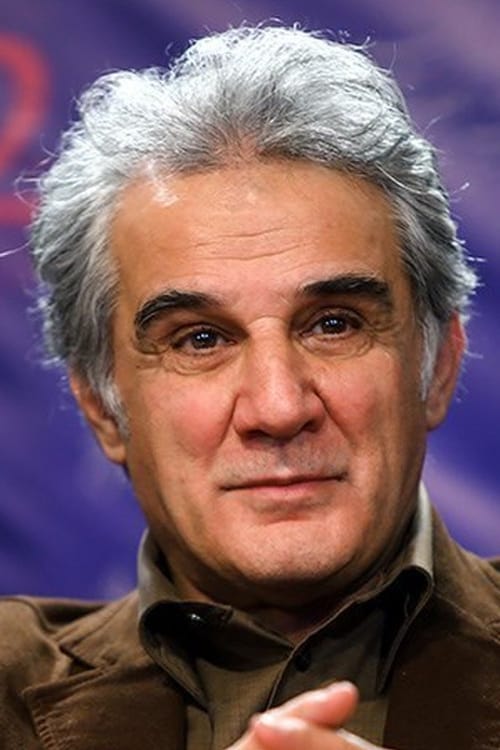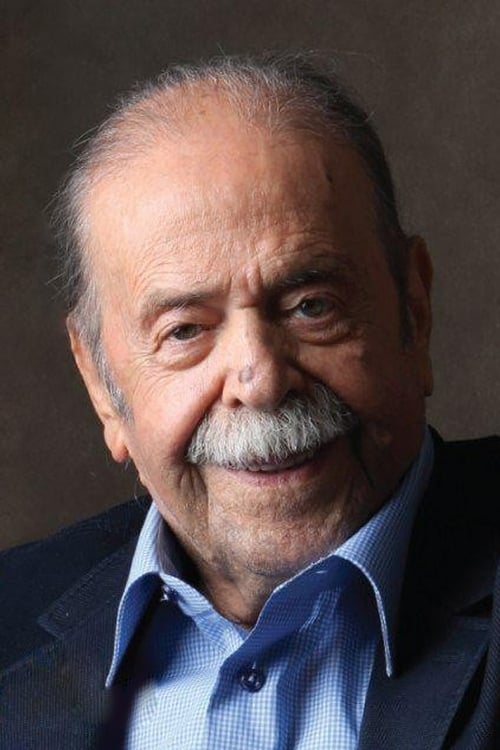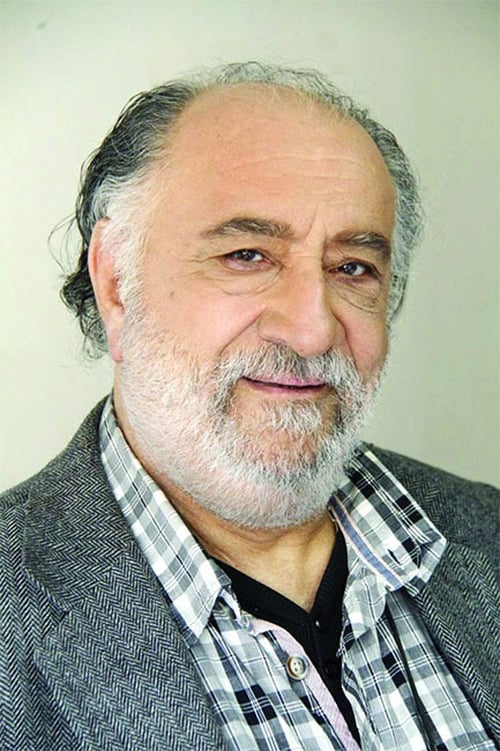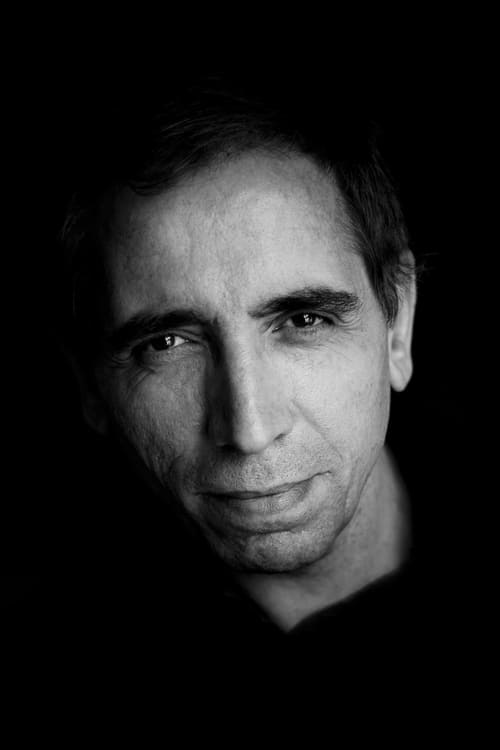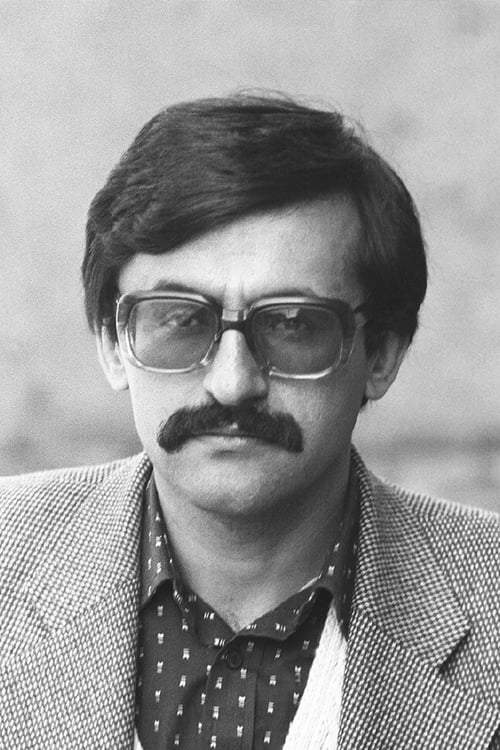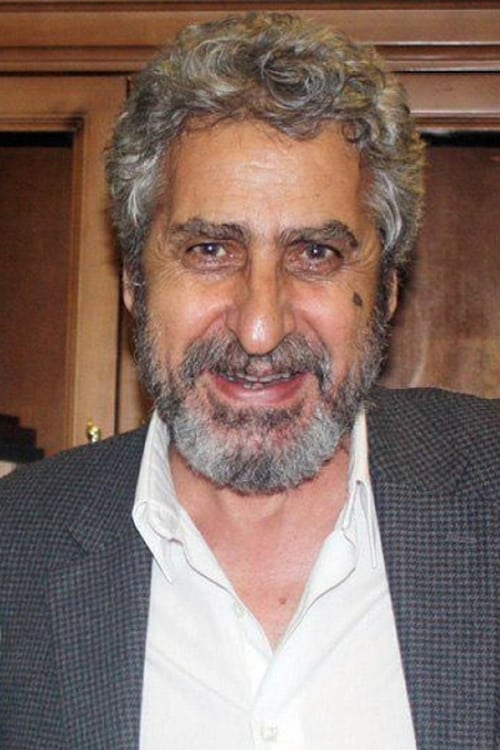Once Upon a Time, Cinema (1992)
Gênero : Fantasia, História, Comédia
Runtime : 1H 32M
Director : Mohsen Makhmalbaf
Sinopse
The film follows a character known as The Cinematographer, who is looking for someone called Atieh (Future). As he calls out to her, he is magically transported back in time from the early twentieth century to the reign of Naser al-Din Shah in 19th century Iran. Captured by the Shah's guards, he shows films from the history of Iranian cinema to the Shah. The Shah is entranced and eagerly shows his family the apparently magical medium.

Valeh, a member of a leftist organization, is arrested by the SAVAK and sentenced to death. In prison, he reconsiders his relationships with members of his political cell, and begins to doubt the validity of the ideas for which he is condemned. At the same time, his comrades pressure him to make a sacrifice for their cause, and his beloved wife experiences personal problems and economic hardships.

Four types of visual interpretation of four songs by Karol Szymanowski. Polish words by Julian Tuwin, English translation by Jan Sliwinski.

One of America’s foremost practitioners of the essay film presents a major new work inspired by the writings of Gilles Deleuze on cinema. Andersen’s The Thoughts That Once We Had is a richly layered journey through cinematic history, masterfully edited as it playfully moves across decades and genres, and suffused at every turn by the renowned filmmaker and critic’s lifelong passion for the movies.

A documentary tracing the career of filmmaker François Truffaut through the testimony of collaborators and admirers.

Originally aired on Russian television, this five-part semi-documentary series tells the story of a Russian naval commander in charge of an Arctic-based ship. The film provokes a meditation on solitude and isolation, while revealing the daily duties associated with the ship. Voice-over narration by the commander, other sailors, and even a third-person voice provide the "confession" of the title.

A documentary of the life of record collector Joe Bussard.
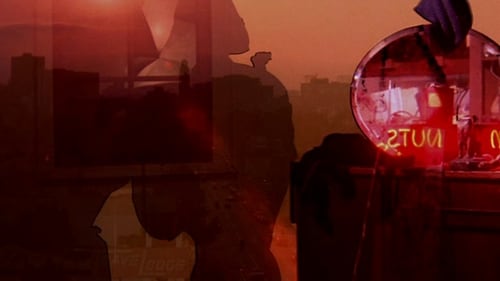
Pat O'Neill, one of the most interesting filmmakers in America today, offers a dazzling reflection on the conflict between nature and man in Los Angeles, or the desertification of the city's surroundings due to its enormous water consumption. More interestingly, it is also a film in the age-old tradition of city symphonies: a film about LA's foundation myths and the dreams it embodies, about its history and (grim) future, its topography and ethnography. O'Neill uses footage from several classic films to recreate the several layers of meaning emanating from the city, juxtaposing images and fantasies and hardly ever allowing one picture to go untouched. George Lockwood's swarming soundtrack is likewise composed of conflicting languages, an elaborate work of plunderphonics in which snippets of sound stolen from movies collide with electronic soundscapes, contemporary chamber music, improv, and what not.

Director Theodore Ushev uses his own blood to animate struggles with injustice in the world.

About the Chinese drivers who transport coal from the coal fields to the buyers.
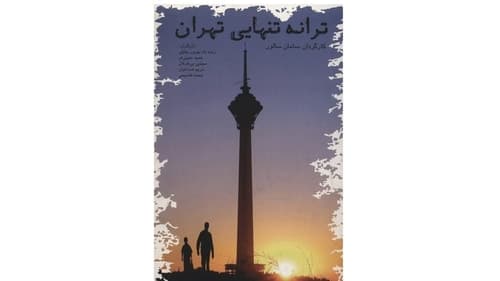
Directed by Saman Salur
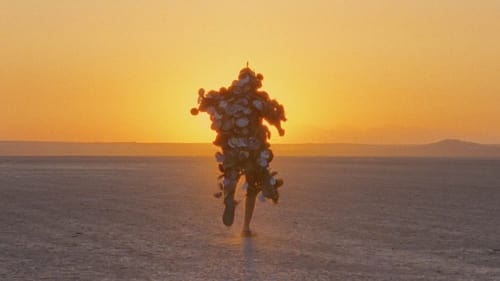
Shooting against the staggering beauty of the Moroccan landscape, from the rugged terrain of the Atlas Mountains to the stark and surreal emptiness of the desert, with its encroaching sands and abandoned film sets, a director abandons his own film set and descends into a hallucinatory, perilous adventure of cruelty, madness and malevolence. A Paul Bowles story combined with observational footage forms a multi-layered excavation into the illusion of cinema itself.

Enacting the story of a hunt with wild but precise gestures, the Polish animator Witold Giersz’s The Horse (award-winning at the Krakow Film Festival for “its exceptionally interesting animation technique”) explodes with color and brings to life the physical strokes of paint of which it is made. The film never lets you forget that what you’re seeing is simply paint being rearranged into recognizable shapes, yet the pumping musical score and expressiveness of its titular character provide a simultaneous emotional experience. The abstract backgrounds render the narrative world beautiful and strange yet entirely comprehensible, as the film depicts an epic chase from humanity’s past.

In Men of the City, Isaacs takes a more stylised approach to the lives of workers in the City of London during the recent financial meltdown, balancing sensitive portraits of diverse individuals striving to retain their dignity and humanity in the midst of the crisis. Strong human characters are at the heart of all of Isaacs' work, and with these films he continues to create a unique vision of modern Britain.

Kalina links traditional animation with a re-projection. To the rhythm of the popular folk song Ukochany kraj, umiłowany kraj (Beloved country, dear country) he creates an anti-ballade about the farmer’s hard life and difficult work. Monotonous and mechanical activities degrade a man.

Inspired by Flaubert’s Madame Bovary, Sokurov’s Save and Protect recalls the most crucial events of Emma’s decline and fall: affairs with the aristocratic Rodolphe and the student Leon, the humiliation that follows her husband’s botching of the operation on the stable boy’s clubfoot. The universality of the theme of eternal struggle between the soul and the flesh is conveyed through the absence of specific reference to time or place: although the film seems to begin in 1840, its surreal mode effortlessly accommodates an automobile and the strains of “When the Saints Go Marching In” on an off-screen radio. Focusing on passion from a woman’s perspective and downplaying plot, Sokurov explores his subject in exquisite detail, capturing not only the heat of passion but also the quiet moments before and after and the innocent sensuousness of the body.

A stunning study of real-time light changing from day to night which was filmed in a forest high up in California’s Sierra Nevada Mountains

About an aspiring author who wakes up from a 27-year coma as one of his country's finest authors, credited for a book he didn't write.
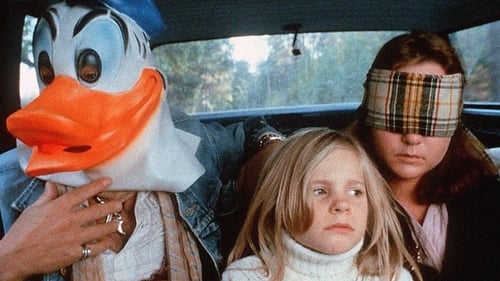
The terrorist Fors arrested after an attack on a OPEC meeting. Shortly afterwards town minister's daughter gets kidnapped by two men who require Fors be released and that he will flight phase to Albania. SÄPO agent Olsson will handle the case.

A three hour shot containing light, dark, and a BNSF train in the desert.

"Blushing Charlie" - Truckdriver and bachelor Charlie meets homeless and seven months pregnant Pia. They both dream of finding someone to share their lives with. Charlie then faces a dilemma whether to take part in a demonstration in favor of Cuba, and in addition with his employer's truck.


